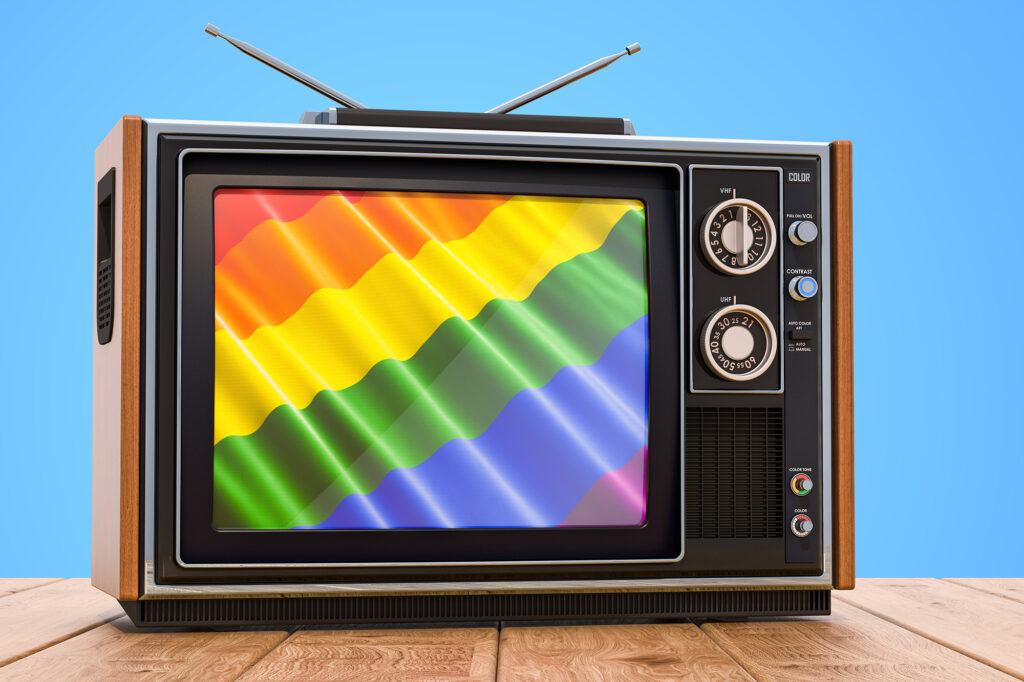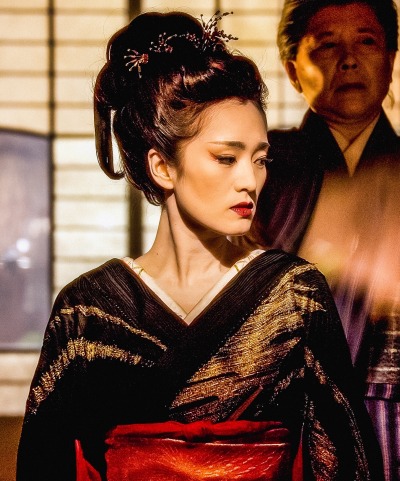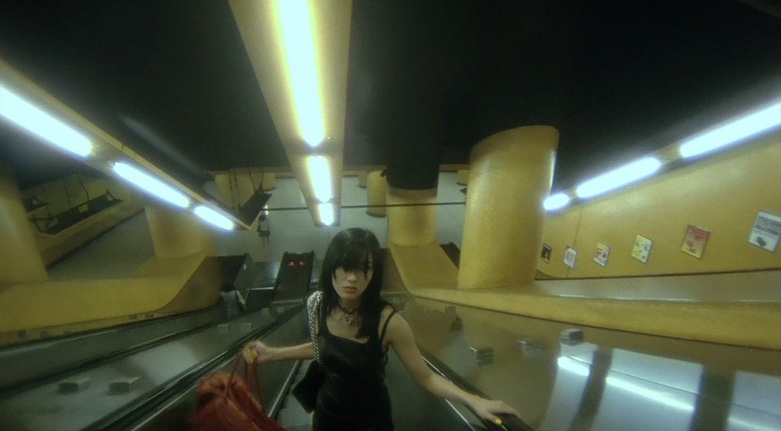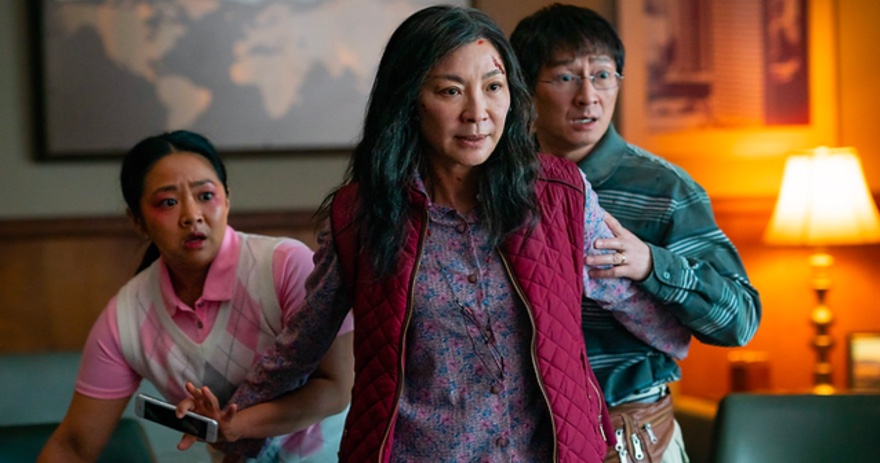'Female Rage' in Film
by
Elena Mokhzani

If you’ve been on the internet for some time, especially amongst younger generations, you might’ve seen the word ‘feminine rage’ come up every so often.
I find that over the last year and a bit, girls across the internet have taken an interest in how pure anger and distress is portrayed in media by women. Especially with the release of ‘Pearl’ directed by Ti West, starring Mia Goth as the titular character in the iconic barn scene.
Now you might be wondering, why people are so interested in this type of female character. See, feminine rage is not a new concept, women have been depicted as ferocious and bursting with rage for centuries across all cultures. The problem was that it made people uncomfortable, in fact, to this day, men, especially, are still unnerved by this rarely shown emotion. Often labelling it as erratic, mentally ill and hormonal. An archetype placed on women in Hollywood and in real life for so long. You could even argue Bertha from Jane Eyre has been a subject of this archetype.
Men are given the ability to punch through a drywall, scream and berate objects, even other people, to let out their anger, but women? As Anya Taylor Joy said in an interview, “women sitting silently, whilst one tear slowly falls”.
Women being dismissed of their anger and being cast aside with their emotion invalidated because it is ‘unladylike’ is what makes the depiction of feminine rage so satisfying. By the end of it the said female character is trembling, panting and hot with emotion and us as women cannot help but feel relieved by the sight of it. Now, I’m not condoning dangerous / violent behaviour but to see it on screen feels like a reflection of our own reality, that this type of frustration can only be seen on a screen, and to express this in any way in the real world is considered unacceptable.
That’s probably why women turn to sadness instead of anger, publicly anyways. Branding sadness as a feminine quality and not anger.
Women of colour (WOC) have often been a victim of the ‘angry woman’ stereotype, being ‘feisty’ or ‘bossy’. It’s infuriating to say the least. Black and Latin women have been trademarked as having a temper even by their own communities, let alone media for the last few decades and centuries. On the other hand, Asian women are meek and infantilised.
While I love seeing female rage on screen, it is also dominated by white women (I’m not dissing them, the acting is phenomenal), and initially before writing this article I was going to do a *Top 5* feminine rage scenes, and I came to a realisation that I don’t know very many WOC having their moment on screen other than the same examples e.g. Octavia Spencer in Hidden Figures and Zendaya in Euphoria. Now, maybe that’s my own problem and I should consume more media beyond Hollywood and perhaps I’ll find some great scenes but the fact that feminine rage is presented mostly through the lens of a white woman, will not cover the added struggles of WOC. If you go on TikTok and you search up ‘feminine rage scenes’ I can almost guarantee you’ll see the same batch of actresses who are the default faces of female anger.
Moving forward, I do not by any means wish to discourage the depiction of white-women feminine rage (it’s cathartic to watch) but there is a whole world of diversity to be explored using feminine rage because there’s a kind of unapologetic outcry to the society-given stereotypes left upon WOC that need to be addressed. It’s important to know that the reason women can vote, have abortions and have any right to their own autonomy is built on centuries of feminine rage, and the rage will not subside until it’s time.




